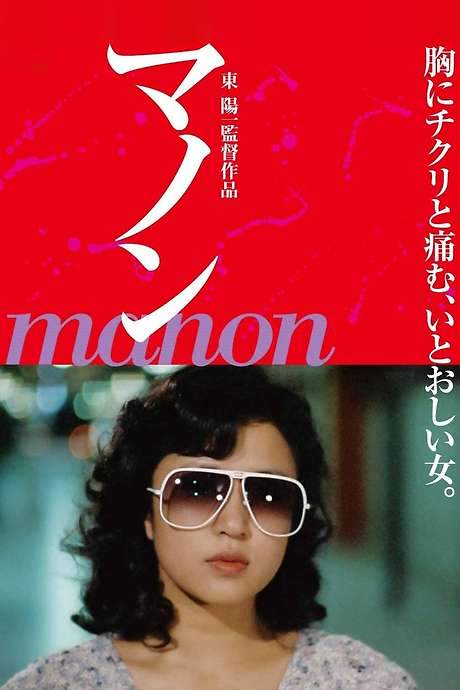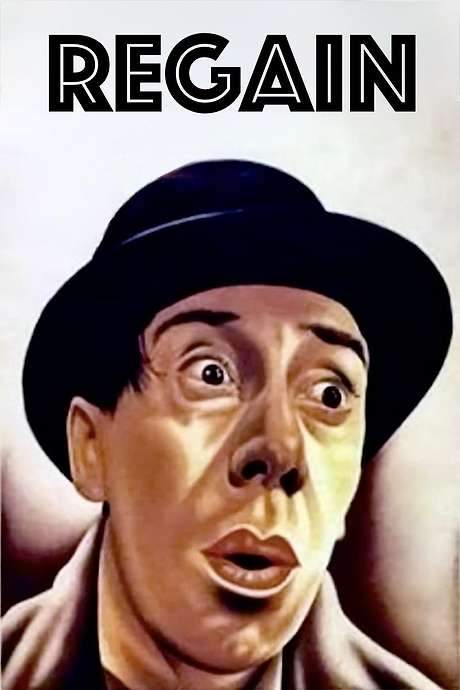
Manon of the Spring
Year: 1986
Runtime: 113 mins
Language: French
Director: Claude Berri
Having watched her father's ruin, Manon, now a beautiful young shepherdess in the sun‑dappled Provençal hills, confronts the men who greedily seized his farm. Though they extend offers of love and safety, her sole aim is to exact the revenge she has long plotted, continuing the saga begun in Jean de Florette.
Warning: spoilers below!
Haven’t seen Manon of the Spring yet? This summary contains major spoilers. Bookmark the page, watch the movie, and come back for the full breakdown. If you're ready, scroll on and relive the story!
Manon of the Spring (1986) – Full Plot Summary & Ending Explained
Read the complete plot breakdown of Manon of the Spring (1986), including all key story events, major twists, and the ending explained in detail. Discover what really happened—and what it all means.
Ten years after the events of Jean de Florette, César Soubeyran and his nephew Ugolin Soubeyran hold sway over the Provençal hills around Les Romarins, where a small but fertile spring makes their operation possible. Manon Cadoret, the daughter of Jean, has grown up in the village, living with a weathered, self-sufficient Piedmontese couple who teach her to live off the land—tending goats, foraging for birds and rabbits, and learning to read the land’s subtle signs. The spring’s water has shaped not only their livelihoods but the town’s power dynamics, feeding Ugolin’s flourishing carnation business and keeping César firmly in control.
Aimée Cadoret, Manon’s mother and Jean’s widow, had sold her farm to the Soubeyrans after Jean’s death, a decision that feels like a quiet betrayal to Manon when she recalls the manipulation behind Jean’s ruin. Long-buried memories surface when Manon, as a child, witnesses how the two men blocked the spring to ruin Jean’s chances of making his land profitable, a calculated act that profitably followed his brutal death. The truth remains a whispered thread in the village, where the Soubeyrans’ influence has kept many silent for years.
As time passes, Manon’s priorities shift. She becomes wary of Ugolin’s growing fixation, a fixation that soon turns obsessive—culminating in a grotesque, intimate reminder, a ribbon sewn from her own hair onto his chest. At the same time, she finds herself drawn to Bernard Olivier, a educated and principled schoolteacher newly arrived in the area, whose presence offers a humane counterpoint to the village’s old loyalties. Bernard Olivier becomes a beacon of possibility for Manon, a chance at a life beyond the petty vendettas that defined her father’s fate.
Manon’s awareness deepens as she overhears villagers discussing the circumstances of her father’s death. Realizing how many in the community knew the truth yet stayed silent because of the Soubeyrans’ standing, she steps toward justice in her own way. While searching for a goat that has slipped into a crevice above the village, she discovers the underground source that feeds the local farms and the entire village. In a deliberate act of rebellion, she stops the flow by blocking the spring with iron-oxide clay and surrounding rocks, a move that instantly upends the balance of power and puts the entire community on edge.
Desperation spreads as crops fail and businesses stall; the villagers scramble to obtain water as news of the blocked spring intensifies the sense of collective grievance. Manon publicly accuses Papet, César, and Ugolin of their roles in Jean’s ruin, forcing the truth into the light. An eyewitness, a poacher who was trespassing on the empty property at the time, steps forward to corroborate the crime, shaming the Soubeyrans and highlighting the town’s complicity in a long history of fear and complicity. Ugolin responds with a desperate plea for Manon’s hand in marriage, which she rejects. The social and moral collapse that follows drives Ugolin to take his own life, and the Soubeyran line seems poised to end with him.
With the village’s sense of justice awakened, the community invites Manon to take part in a religious procession to the fountain, hoping that her acknowledgement of the past will restore the flow of water. She, aided by Bernard, secretly unblocks the spring in advance, and the water returns just as the procession arrives at the fountain. Manon’s life seems to take on a new, hopeful turn as she and Bernard marry, uniting two people who stand in opposition to the old orders.
But the drama extends beyond the immediate triumph of water and love. Delphine, an old acquaintance, returns with earth-shaking news: Florette—Papet’s former beloved from another era—had written to him about a child they had together. The revelation reveals a cruel twist of fate: César never knew that the son he helped ruin might have been his own child, and the man he despised—Jean, the person who bore the burden of his forgotten generosity—was that child’s father. Papet, who had long clung to the rough edges of power, comes to understand the deeper connections that bind the living to the dead, and to Manon, his granddaughter, in ways that cannot be undone.
In the end, Papet dies quietly in his sleep, his last act a quiet recognition of the family line he never truly allowed to belong to him. He leaves all of his property to Manon, acknowledging her as his natural granddaughter and the last of the Soubeyrans. The tale closes on a note of fragile reconciliation: Manon, now pregnant, carries the living memory of generations of struggle, yet a hopeful future beckons as the spring’s water runs freely once more and a new life begins in the shadow of a village that learned to speak truth to power.
Last Updated: October 09, 2025 at 14:26
Unlock the Full Story of Manon of the Spring
Don't stop at just watching — explore Manon of the Spring in full detail. From the complete plot summary and scene-by-scene timeline to character breakdowns, thematic analysis, and a deep dive into the ending — every page helps you truly understand what Manon of the Spring is all about. Plus, discover what's next after the movie.
Manon of the Spring Timeline
Track the full timeline of Manon of the Spring with every major event arranged chronologically. Perfect for decoding non-linear storytelling, flashbacks, or parallel narratives with a clear scene-by-scene breakdown.

Similar Movies to Manon of the Spring
Discover movies like Manon of the Spring that share similar genres, themes, and storytelling elements. Whether you’re drawn to the atmosphere, character arcs, or plot structure, these curated recommendations will help you explore more films you’ll love.
Explore More About Movie Manon of the Spring
Manon of the Spring (1986) Scene-by-Scene Movie Timeline
Manon of the Spring (1986) Movie Characters, Themes & Settings
Manon of the Spring (1986) Spoiler-Free Summary & Key Flow
Movies Like Manon of the Spring – Similar Titles You’ll Enjoy
The Sower (2019) Movie Recap & Themes
Manon on the Asphalt (2007) Spoiler-Packed Plot Recap
Manon (1981) Detailed Story Recap
Jean de Florette (1986) Movie Recap & Themes
Hanged Man’s Farm (1945) Spoiler-Packed Plot Recap
Manon of the Spring (1952) Ending Explained & Film Insights
Manon (1949) Full Summary & Key Details
Another Man, Another Chance (1977) Movie Recap & Themes
Harvest (1937) Detailed Story Recap
Girl and the River (1958) Detailed Story Recap
Le Bonheur (1965) Film Overview & Timeline
A Day in the Country (1946) Full Summary & Key Details
Bonjour Tristesse (1958) Plot Summary & Ending Explained
My Favorite Season (1993) Film Overview & Timeline
Out of Season (2023) Ending Explained & Film Insights

















